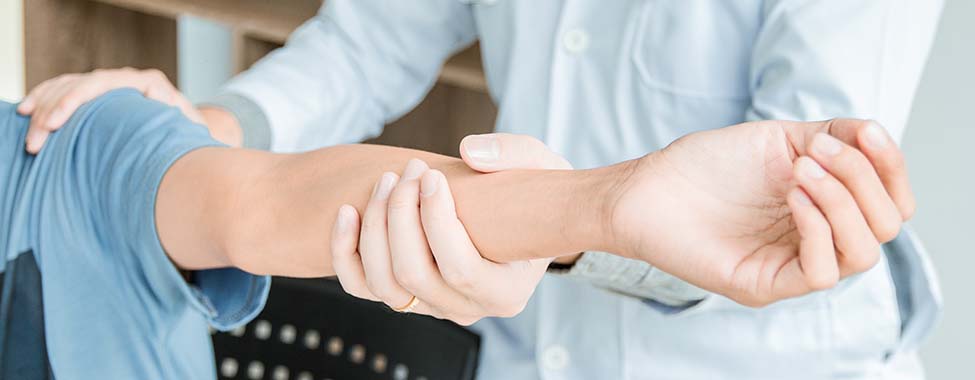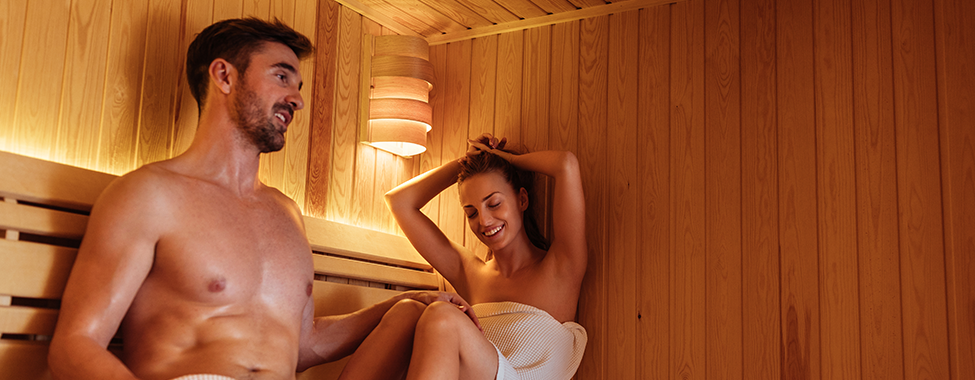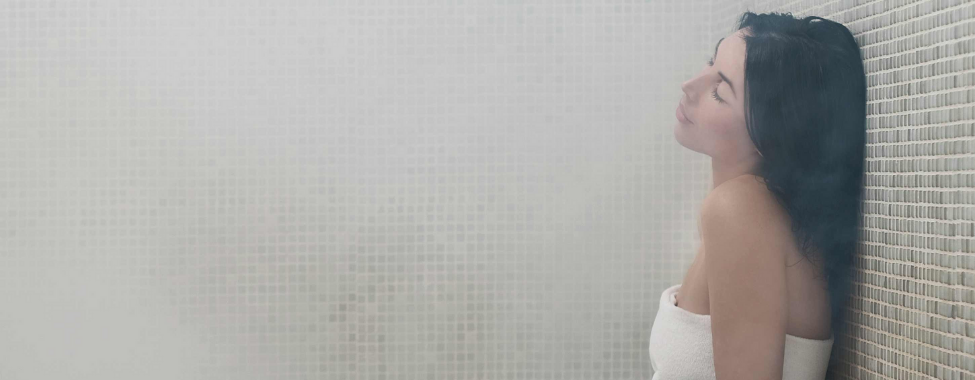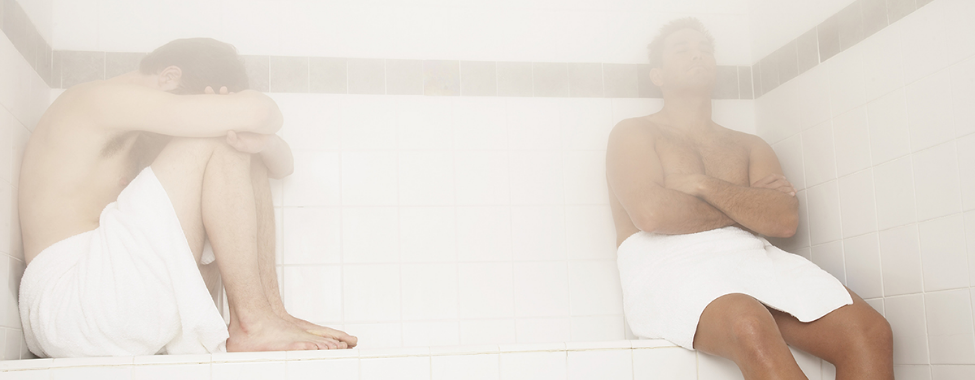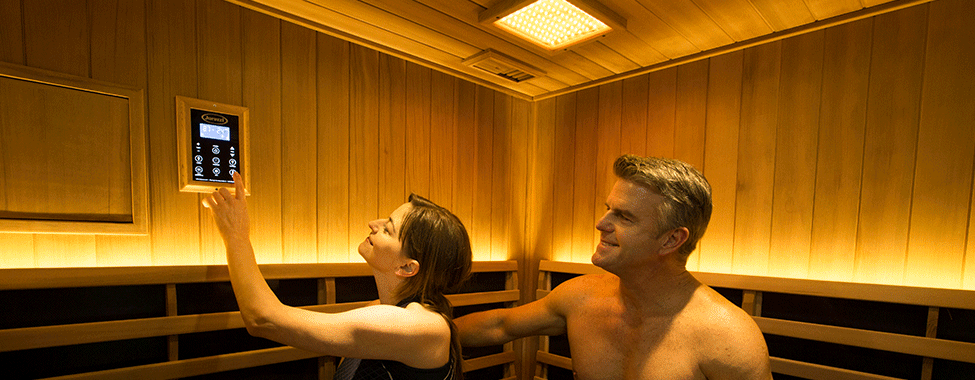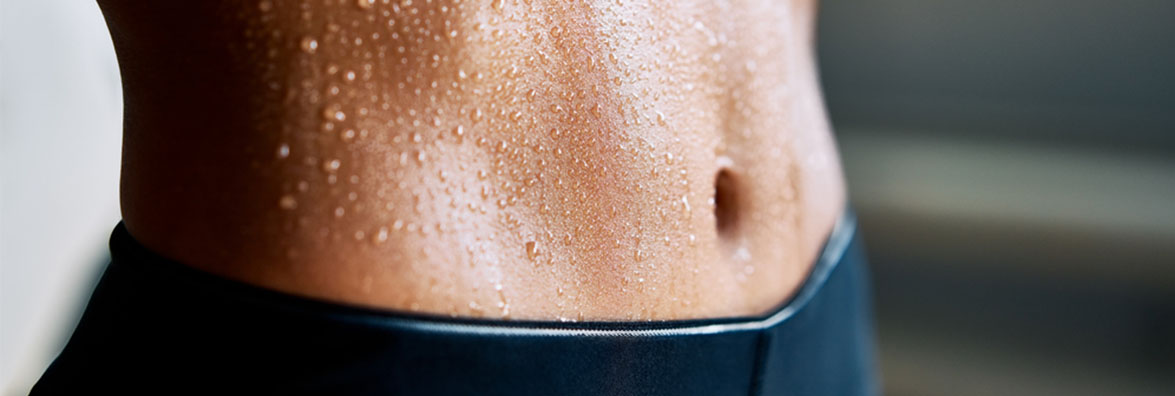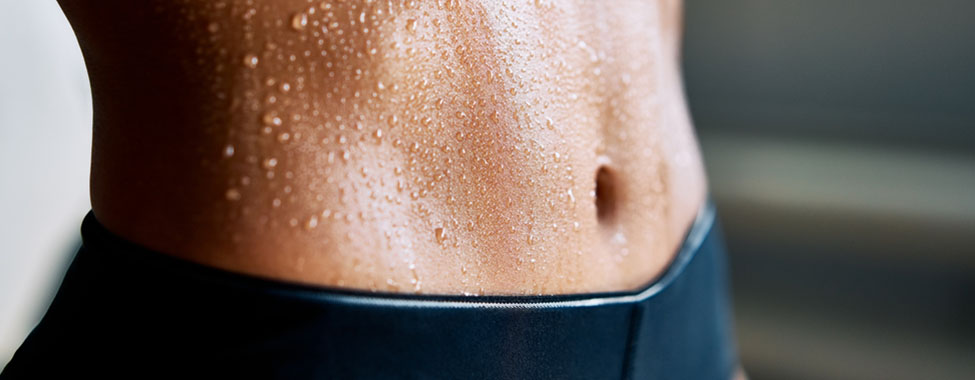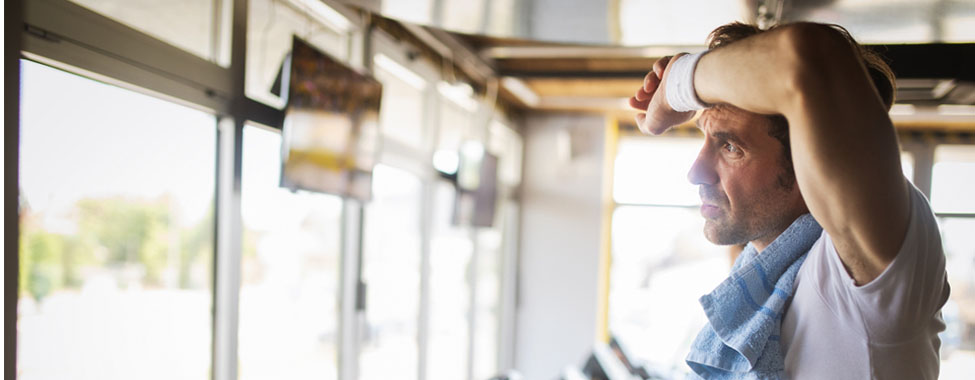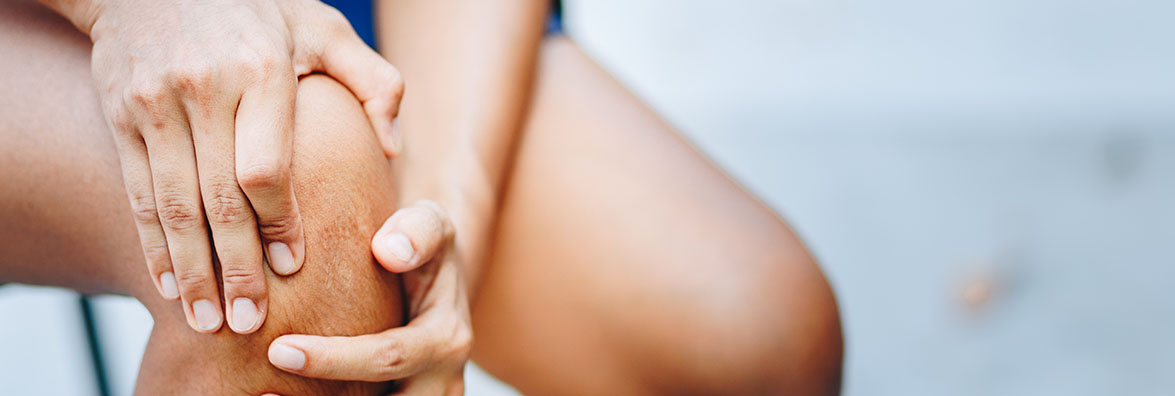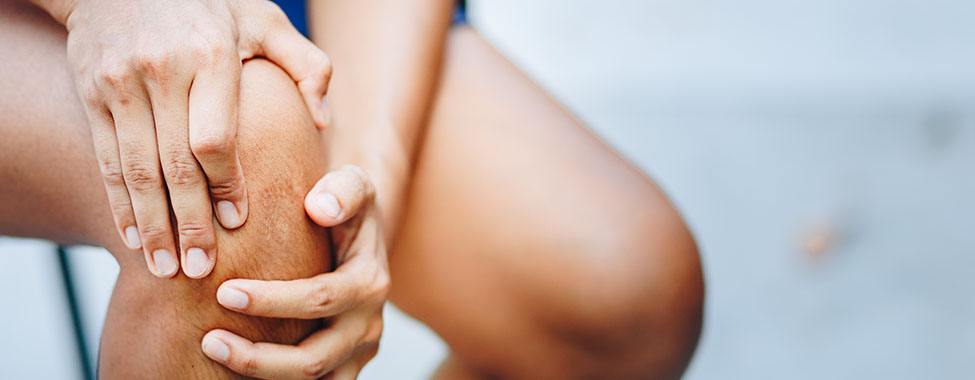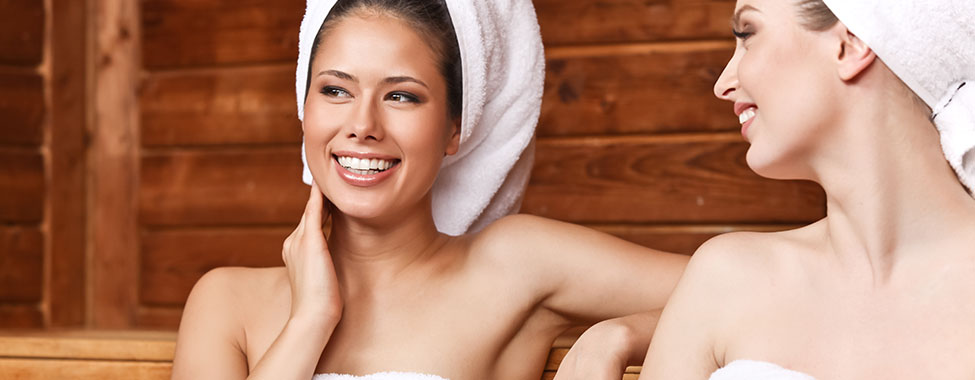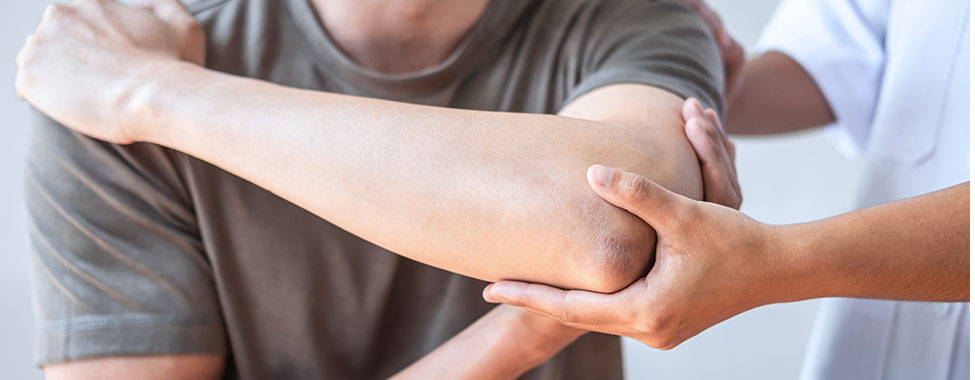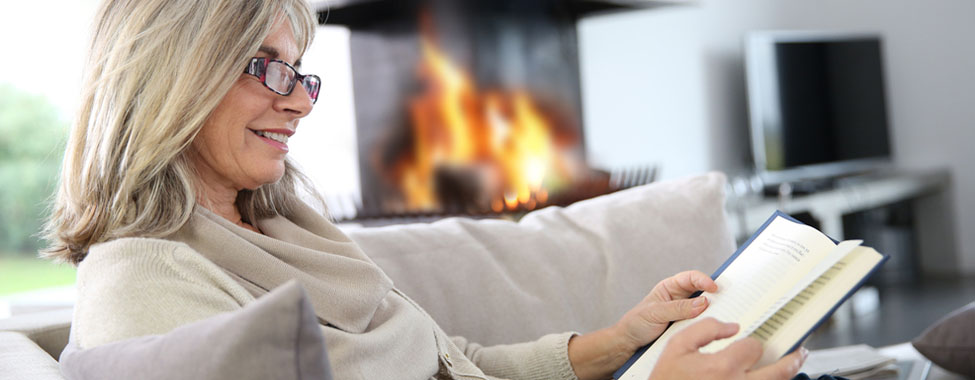Over the last couple of years, we’ve been faced with a lot of changes – many pertaining to our health. The way we work, eat, get social, and simply live have all faced some sort of shift to adapt to the way things are today. But change doesn’t have to be bad or scary! In fact, it can be something we continue to grow on to build out our best lives possible. As we get into the swing of things in 2022, what are some of the best healthy habits for life we’ve picked up in the last couple of years, and how can we continue to apply them for a healthier future?
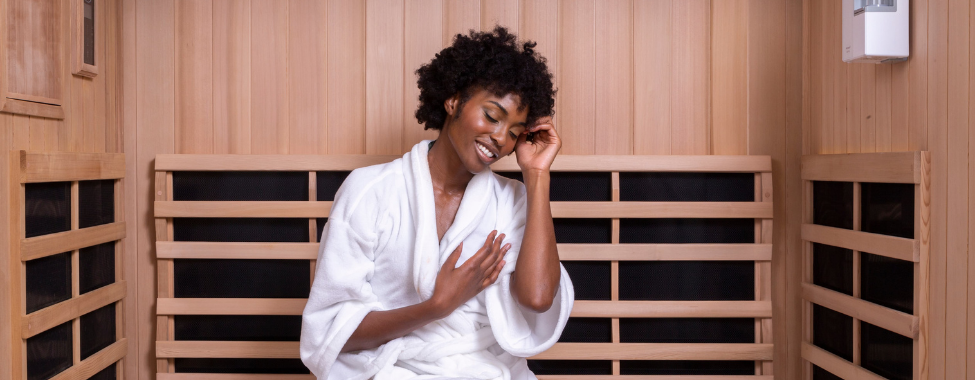
Bettering Our Immune System Health
With a couple years of thoroughly washing hands, wearing masks, and keeping distance, everyone had a bit of a crash course on the importance of our immune system and the steps we can take to keep our bodies healthy. On top of that, many of us started to look into more ways we can naturally support our immune health even further by changing our daily habits. Exercising more, eating better, getting enough sleep, taking supplements, and doing immune-boosting activities such as using an infrared sauna all became part of our new health regimens.
This year, maintain those habits you’ve been forming to turn them into healthy habits for life. Your immune system is constantly working hard to keep you healthy, so return the favor by treating it right and taking steps to prevent sickness. Give yourself a health challenge to get you motivated to stick to your goals for lasting habits.
Cooking More at Home
Once going to restaurants became a bit harder to do, delivery and cooking at home started to become more popular. While ordering delivery is nice from time to time, it isn’t as sustainable of an option as cooking at home with its higher costs and less healthy options. With more time spent at home, that means more time spent in the kitchen as well. This has allowed us to learn how to mindfully prepare meals for ourselves and understand the ingredients that go into what we eat, which helps improve our health, energy, and more.
This year, keep using that kitchen and preparing nutritious meals at home! With so many recipes out there, you’re sure to continue finding new food you love. To kick it up a bit, start incorporating things like weekly meal prep or meatless Mondays to mix things up.

Embracing Our Relationships
Being social definitely required some creative approaches over the last couple of years. Family reunions turned into Zoom calls, happy hour became having a drink with a friend over FaceTime, and work meetings started with, “Can everyone see my screen?” Being apart made us realize how important our relationships are and how much it means to be in contact with those we care about. By getting creative with communication, we’ve found better and more efficient ways to be social in times we can’t physically be together.
This year, stay social! As some things shift back to “normal”, you’ll see more people in person and have a different approach to your social life. But still keep those family Zoom calls to see relatives who may be far away, have a glass of wine with a friend over the phone to catch up after a long week, and talk to those who make you happy.
Finding New Ways to Exercise
Maybe you went to the gym all the time, and then those plans were halted. Or maybe you always worked out at home and needed a change of scenery after being home all day long. Or, perhaps, you were looking for new ways to get some fresh air. No matter your reason, your exercise routine probably had to adapt – which is actually better for your physical health! We’ve had to get creative with our workouts by taking online group classes, starting to do more outdoor activities, or setting up a home gym. It was a great way to find new ways to get our blood pumping.
This year, keep finding new and exciting ways to get active. Start going on hikes or bike rides to exercise outside and explore new areas. Or keep building up your home gym to up your at-home workout game. And while you’re at it, use an infrared sauna after working out to feel those health benefits even more.

Improving Mental Health
Mental health has seen a huge shift over the years, even before the last two years threw the world for a loop. What was once shrouded by a stigma is now embraced, and the last couple of years have really stressed the importance of being mindful of our mental health. With the changes that rapidly took over our lives, high stress levels and burnout became very real side effects. This caused many people to address their mental health and find solutions and support to help make life more manageable.
This year, continue to make time for yourself and do mental check-ins. If you are feeling down, reach out to find support and find ways to give yourself a boost when needed by slowing down and doing something like meditation or journaling. Infrared sauna use can also help improve mood and mental health, making it great to help unwind.
Setting Boundaries
Finally, one of the best healthy habits we’ve learned is that it is important to set boundaries. These boundaries had to be set to keep life manageable as we navigated unknown times. It wasn’t always easy to set them, but the results are well worth it. Boundaries were set for: yourself, work, relationships, making plans, and more. In doing so, we have been able to better identify our wants and needs, find a better work-life balance, and make realistic commitments.
This year, continue to feel comfortable setting boundaries that work for your life. The art of saying “no” is an important thing to learn so you have the physical, mental, and emotional capacities to do the things that are enjoyable for you. Balancing your needs helps you be present for other parts of your life.
Life throws all kinds of things at us, and all we can do is adapt and learn how to make changes that will benefit us in the long run. We’ve certainly learned a lot the last couple of years, and hopefully some of the positive things we’ve taken away from all of this will leave us with some of the best healthy habits for life. Remember these habits as we get into the new year and continue to build upon them so you have the best and healthiest future ahead.
 Canada
Canada Australia
Australia New Zealand
New Zealand Germany
Germany UK
UK EU
EU Ireland
Ireland Malaysia
Malaysia China
China
















